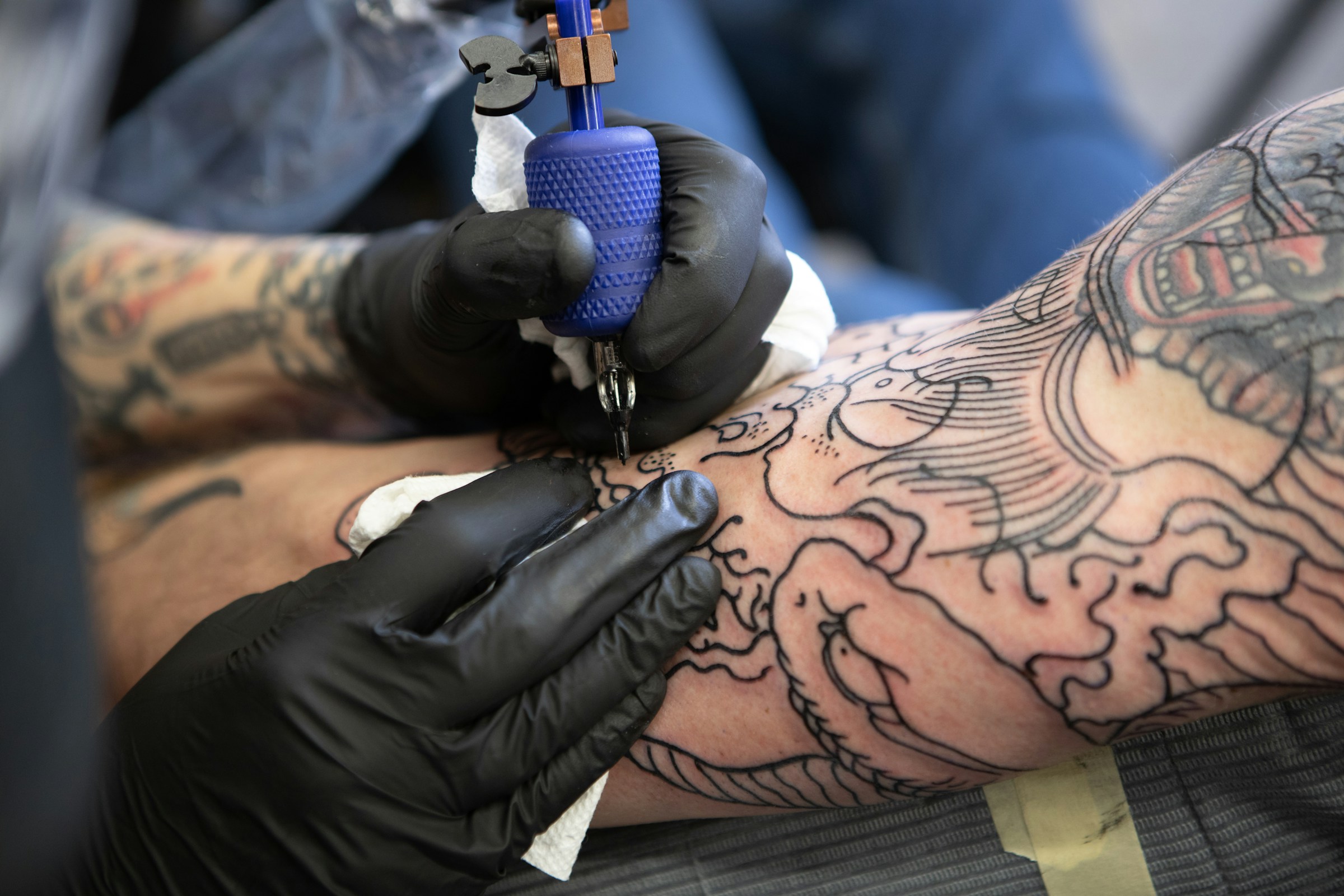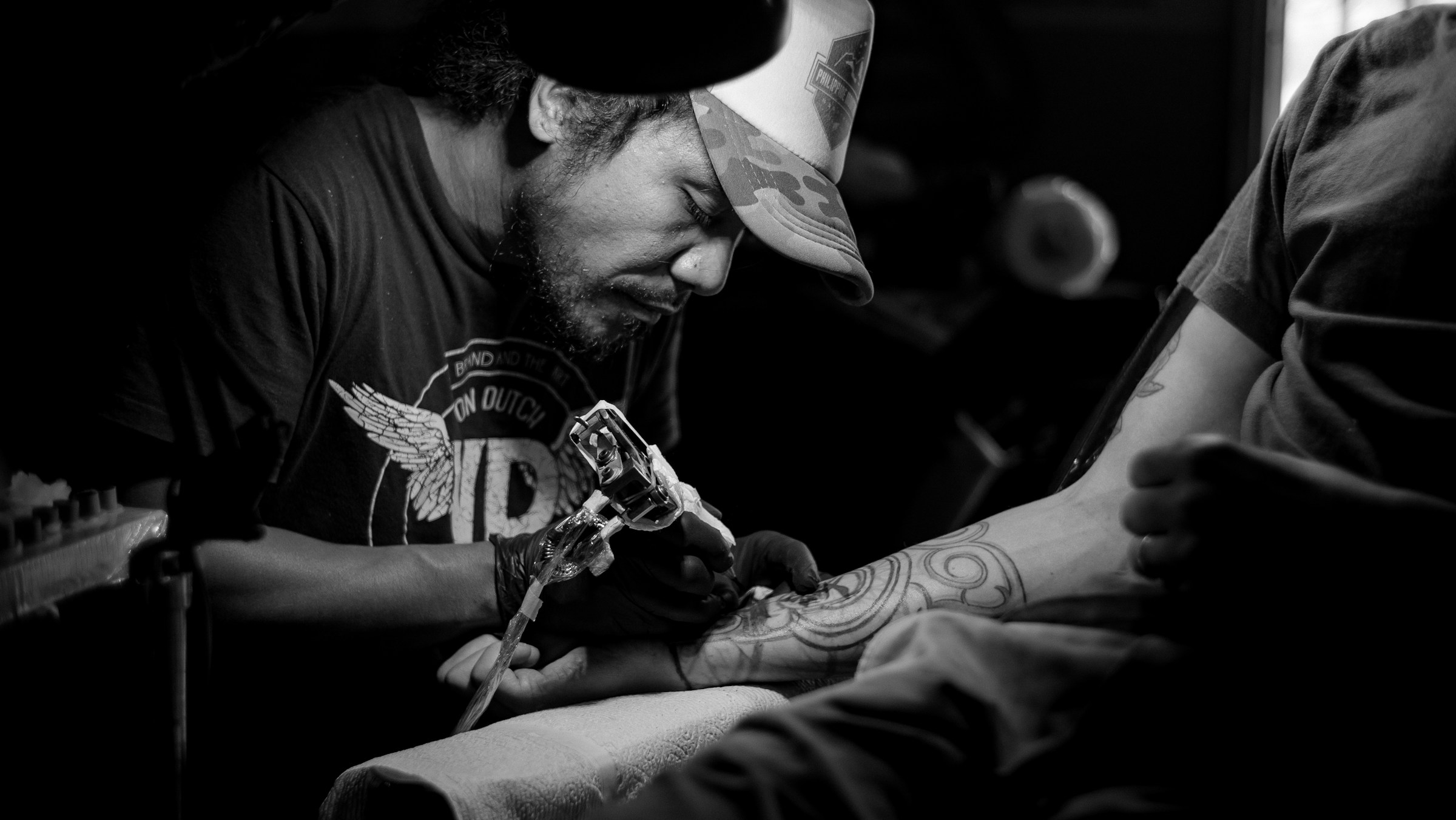Tattoos have been a form of self-expression and cultural significance for centuries, tracing back to ancient civilizations that used them for various religious and cultural rituals. Over the years, the art of tattooing has evolved tremendously, both in technique and technology. Today, advancements in tattoo technology are transforming the industry, making tattoos more accessible, safer, and customizable than ever before.

Innovations in Tattoo Equipment
One of the most significant advancements in tattoo technology is the evolution of tattoo machines. Traditional coil machines, which have been the industry standard for decades, are gradually being replaced by rotary and pneumatic machines. These newer machines offer artists greater precision, allowing for smoother lines and less trauma to the skin. Rotary machines, in particular, are quieter and lighter, reducing fatigue for artists and providing a more comfortable experience for clients.
Moreover, the advent of wireless tattoo machines has untethered artists from stationary setups, allowing for greater flexibility and movement. This technological leap not only enhances the artist’s ability to create intricate designs but also streamlines the workflow, making the process more efficient.
Advancements in Tattoo Ink
The composition and quality of tattoo ink have also seen significant improvements. Early tattoo inks were often made from a mix of carbon and other rudimentary elements, which could lead to allergic reactions and fading over time. Modern tattoo inks, however, are crafted with high-quality pigments that ensure vibrant, lasting colors. These inks are often tested for safety and biocompatibility, reducing the risk of adverse reactions.
In addition to traditional inks, UV-reactive and glow-in-the-dark inks have emerged, offering clients unique options for body art that stands out in different lighting conditions. These innovative inks allow for a new dimension of creativity, enabling designs that transform under specific lighting, adding a dynamic element to the art form.
Digital Design and Customization
The digital revolution has not only impacted how tattoos are applied but also how they are designed. With the advent of graphic design software and digital tablets, artists can create detailed, precise mock-ups of tattoo designs before they are inked onto the skin. This technology allows clients to visualize the final product, make adjustments, and ensure that the design aligns perfectly with their vision.
Additionally, 3D modeling software enables artists to map out how a tattoo will fit and flow with the body’s natural contours. This capability is particularly beneficial for larger pieces or those that wrap around limbs, as it helps in planning the placement and orientation of the design.
Tattoo Removal and Modification
While tattoos are often considered permanent, advancements in technology have made it possible to alter or remove them with greater ease and less discomfort. Laser tattoo removal has become the most popular method for erasing unwanted ink, and recent innovations have made the process more effective and less painful. PicoSure and Q-switched lasers, for example, use ultrafast pulses to break down ink particles, allowing the body to absorb and eliminate them naturally.
Toronto tattoo removal services have become increasingly sophisticated, offering state-of-the-art technology and personalized treatment plans to ensure optimal results. These services cater to a growing demand from individuals seeking to modify or completely remove their tattoos, whether for personal, professional, or aesthetic reasons.
The Rise of Smart Tattoos
The future of tattoo technology is not just about aesthetics but also functionality. Researchers are exploring the potential of smart tattoos, which incorporate electronic components to monitor health or provide other interactive features. These tattoos could be used to track vital signs, administer medication, or even interface with digital devices.
Smart tattoos represent a fascinating intersection of art and technology, offering new possibilities for personal expression and health monitoring. While still in the experimental stage, this innovation could revolutionize how we think about and use tattoos in everyday life.

Sustainability and Ethical Considerations
As with many industries, the tattoo world is becoming more conscious of sustainability and ethical practices. Eco-friendly inks, vegan tattoo options, and sustainable equipment are becoming more prevalent, reflecting a growing awareness of the environmental impact of tattooing.
Artists and studios are increasingly adopting practices that minimize waste and prioritize ethically sourced materials. This shift not only appeals to environmentally conscious clients but also sets a standard for responsible artistry in the tattoo community.
Conclusion: The Future of Body Ink
The transformation of tattoo technology is reshaping the art of body ink, making it more versatile, accessible, and innovative than ever before. From advanced equipment and inks to digital design tools and smart tattoos, these technological advancements are pushing the boundaries of what is possible in the world of tattooing.
As technology continues to evolve, so too will the ways in which people choose to express themselves through tattoos. The future promises even more exciting developments that will further enhance the artistry, safety, and functionality of tattoos, ensuring that this ancient form of body art remains relevant and dynamic in the modern age.

